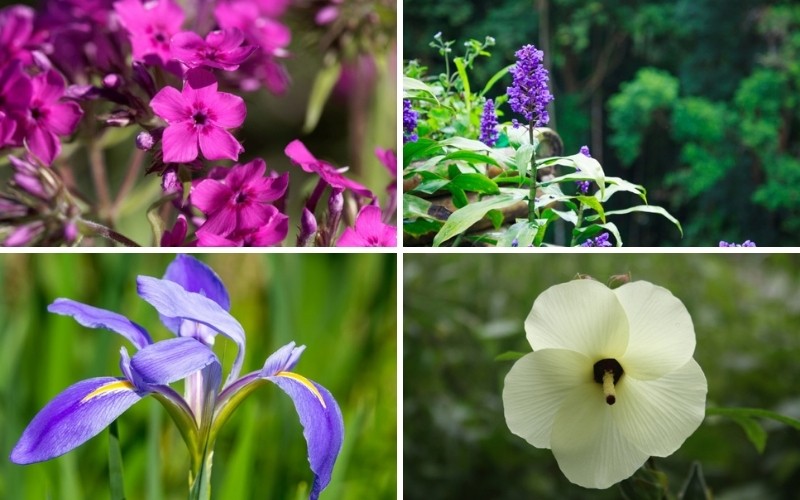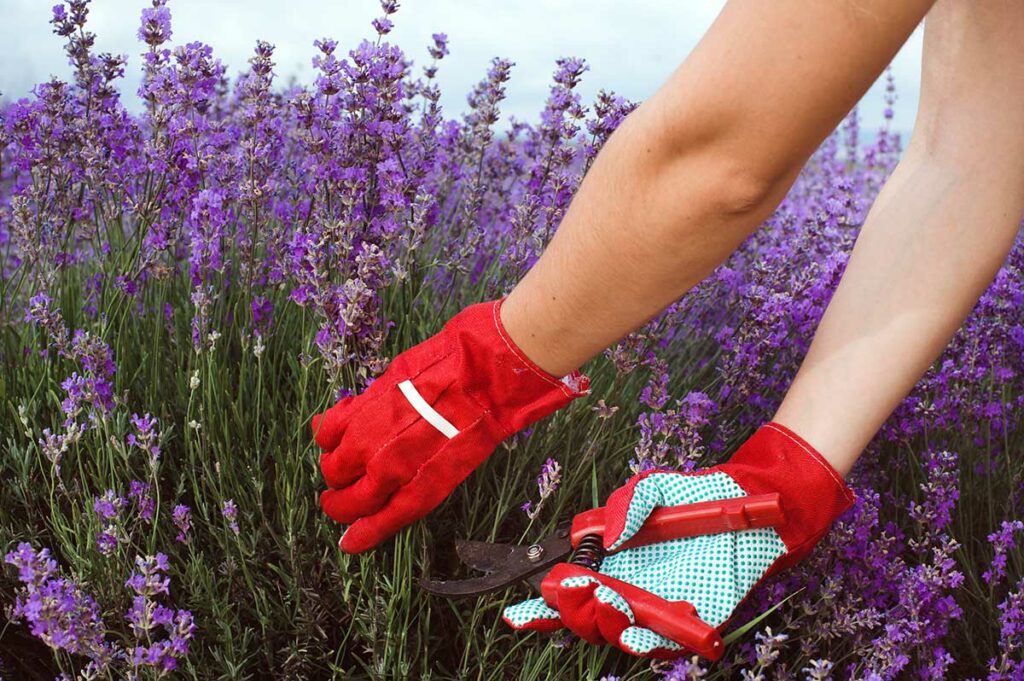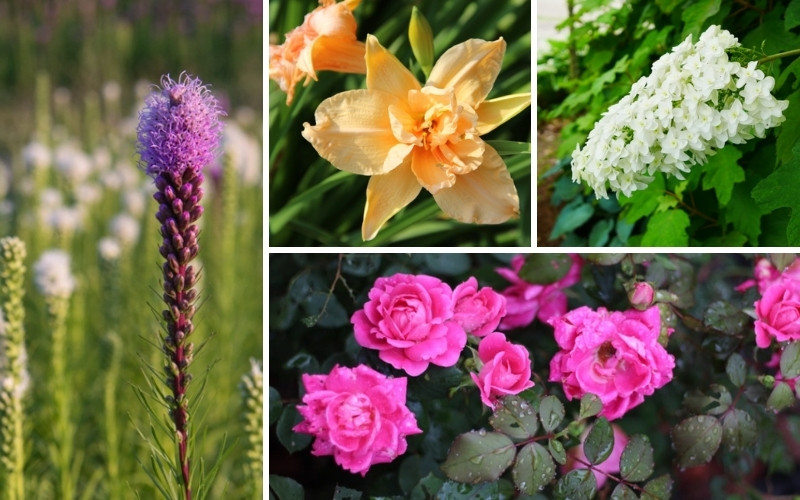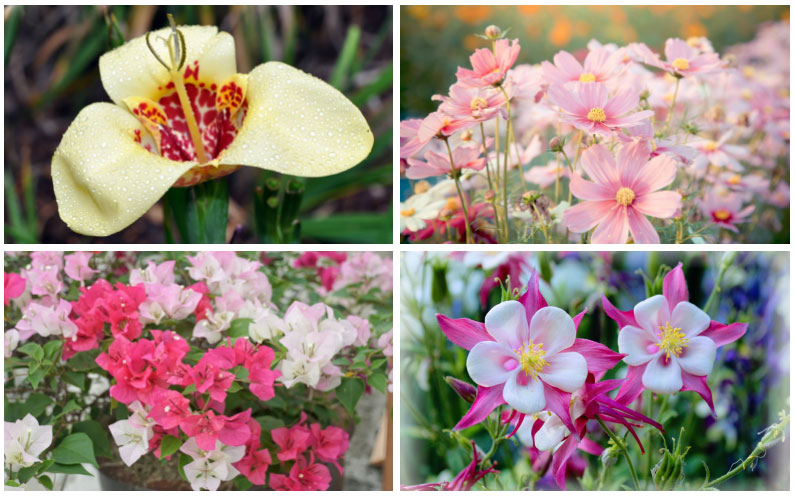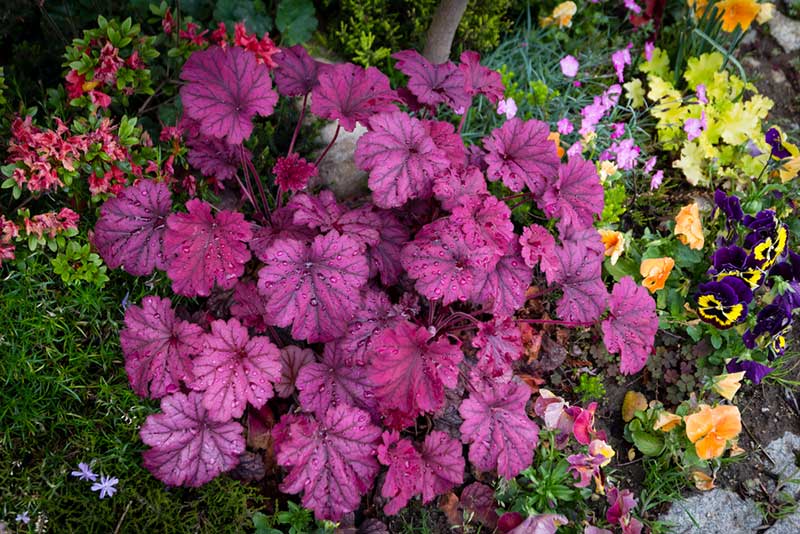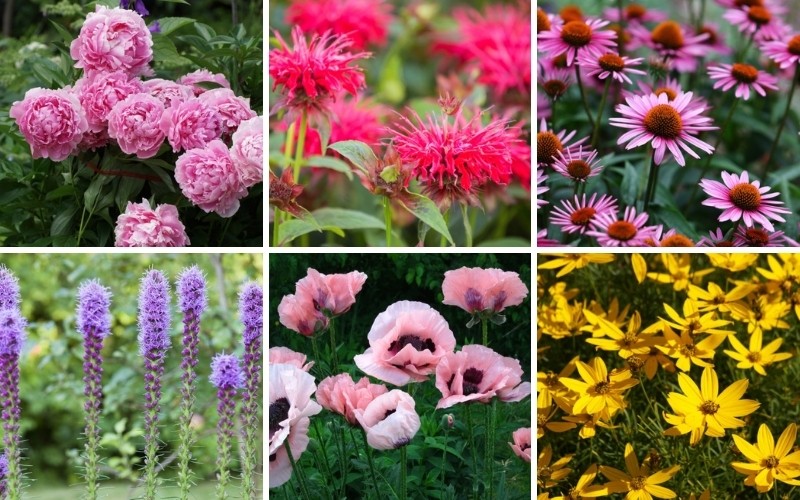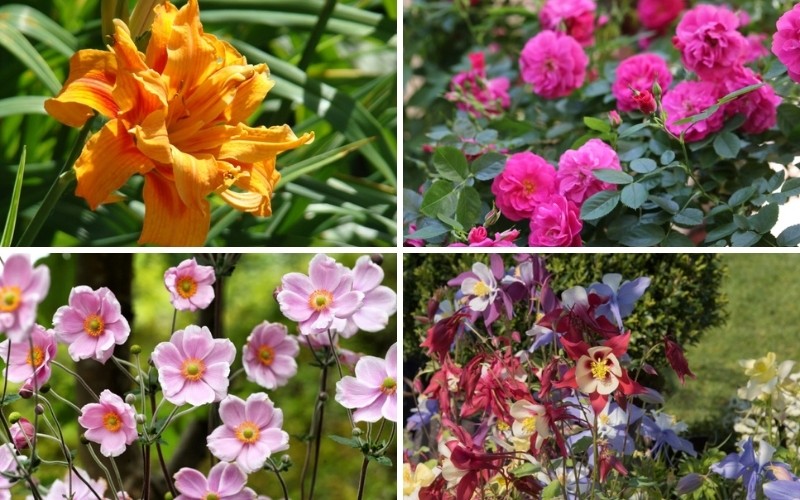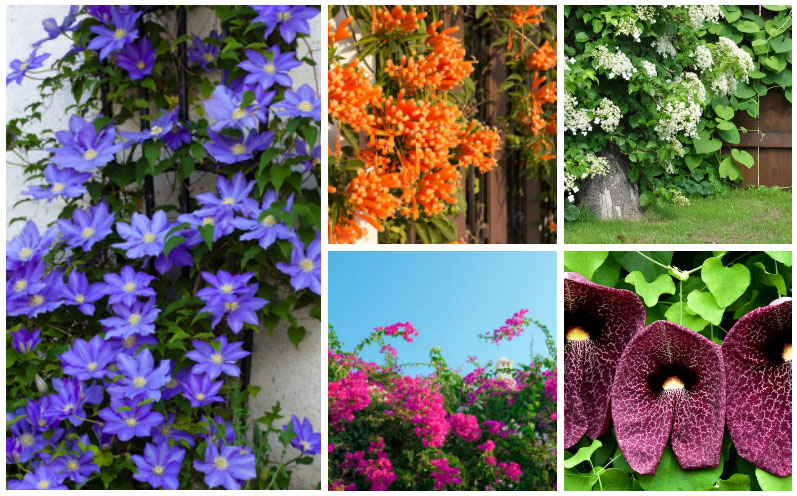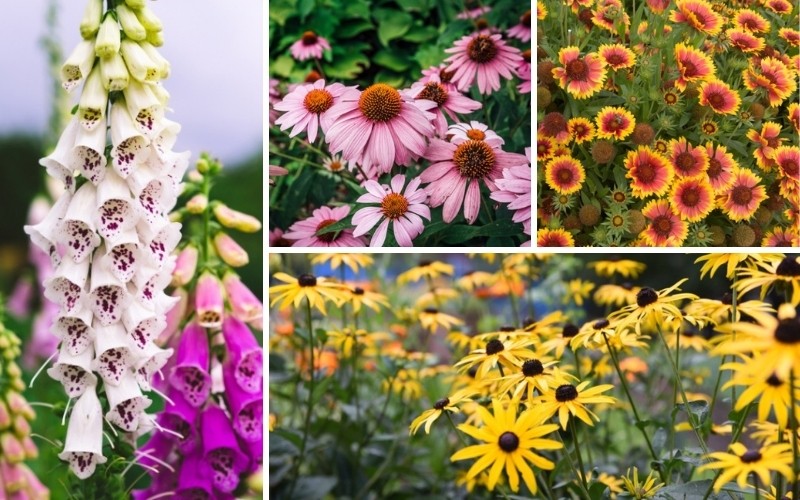
Georgia encompasses three USDA plant hardiness zones: 6a through 9a. That means perennials for either zones 4 through 8 or perennials for zone 8 through 10 may grow well in your Georgia garden depending on your specific zone. Some gardens may be able to grow perennials from both groups.
Blanket Flower (Gaillardia X ‘grandiflora’)
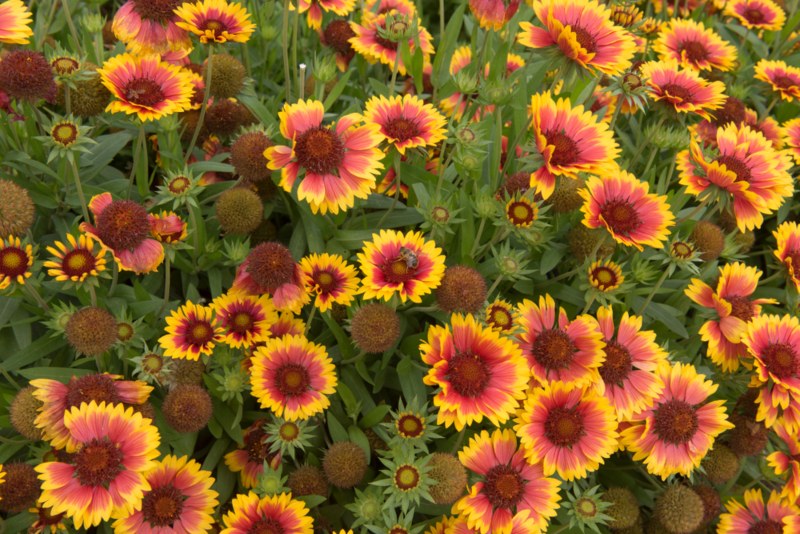
Bright blanket flowers add color the flower bed from midsummer until the fall frost. These flowers prefer full sun and average to poor well-drained soil. They grow to heights of 1 to 3 feet with a spread of 1 to 2 feet. Flower color varies from yellow to orange with bands of darker shades at the base of the petals. Centers are typically deeper orange or red. It is cold hardy in USDA plant hardiness zone 3 through 10 making it suitable for Georgia flower beds.
Foxglove (Digitalis ‘purpurea’)
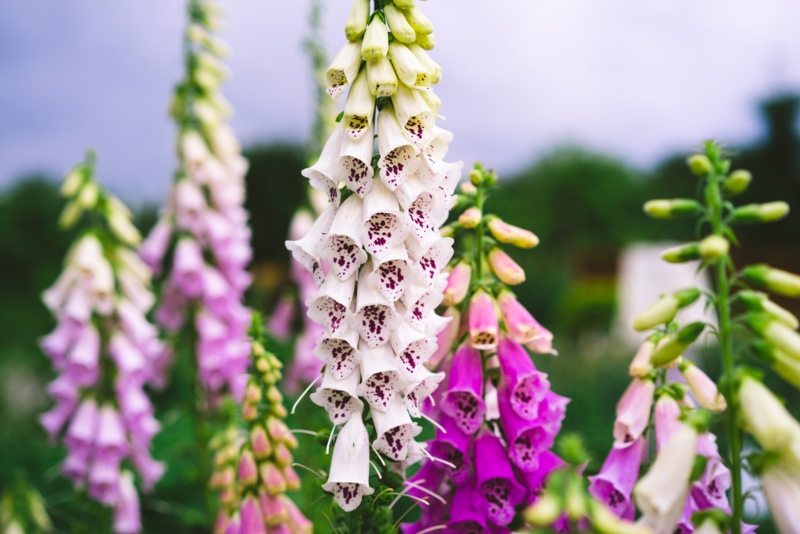
Foxglove is a striking plant that produces a mound of foliage and then sends up a tall, slender spire lined with tubular blooms. Flowers begin blooming at the bottom and slowly make their way to the top. Foxglove adds height to the flowerbed as it reaches heights of 2 to 5 feet with a spread of 1 ½ to 2 feet. It blooms in early to late spring for several weeks. Removing the spent blooms will often produce a new flush of flowers later in the season. Foxglove prefers full sun to partial shade and average well-drained soil.
Rose Mallow (Hibiscus moscheutos)
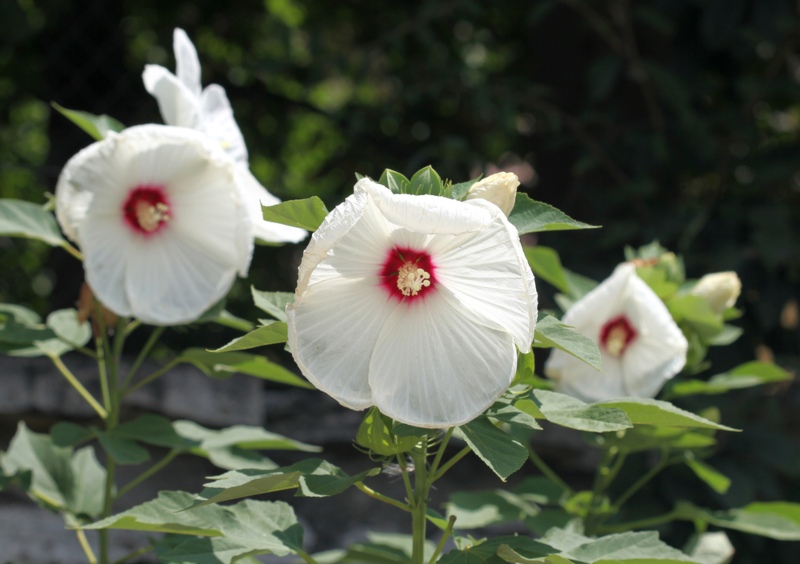
Also called hardy hibiscus or swamp mallow, the rose mallow prefers full sun in humus rich, moist soil, but will tolerate average or poor soil if the soil is kept moist. It does benefit from protection from the wind. It thrives in USDA plant hardiness zones 5 through 9. This showy perennial shrub can reach heights of 3 to 7 feet with a spread of 2 to 4 feet. White or pink flowers can reach 6 to 9 inches across and are similar in appearance to hollyhocks. Rose mallow blooms from July through September.
Hostas
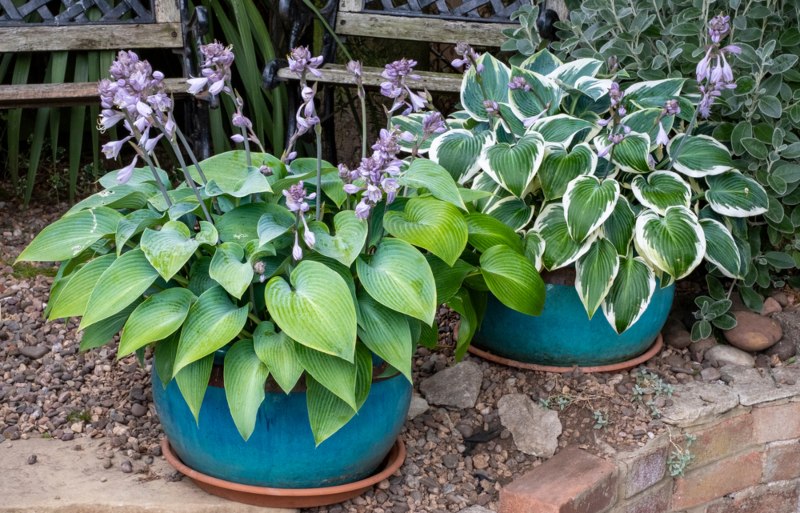
Hostas are grown primarily for their attractive foliage, but they do produce flowers from July to September. The trumpet shaped flowers attract hummingbirds and can be used as cut flowers, but the foliage is what steals the show in the perennial bed. Add hostas for ground cover or to fill in bare spots where it is too shady for other perennials. Hostas prefer moist, humus rich soil. Although they can tolerate some early morning light, avoid planting these flowers in the sun. They thrive in USDA plant hardiness zones 3 through 8.
Garden Phlox (Phlox ‘paniculata’)
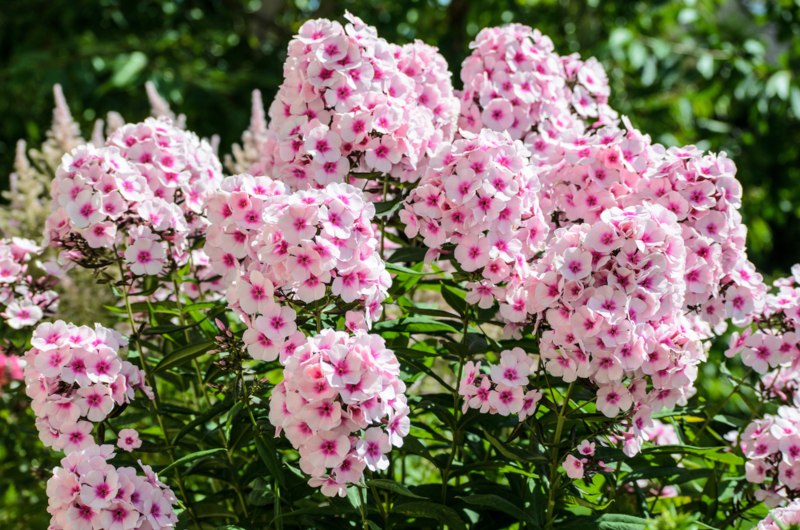
Garden phlox are known for their showy display of color and heady fragrance. Dome shaped flowerhead covered with hundreds or individual blooms appear in early to mid-summer and continue well into the fall. The most common types of garden phlox are either white or magenta, but there are many hybrids available that range in color from pale pink to deep purples, reds and orange with many bicolors in between. Garden phlox prefer humus-rich soil but will perform well in average soil as long as the soil is not allowed to dry out excessively as they do not tolerate drought well. Phlox thrive in USDA plant hardiness zones 4 through 8.
Oriental Poppy (Papaver ‘orientalis’)
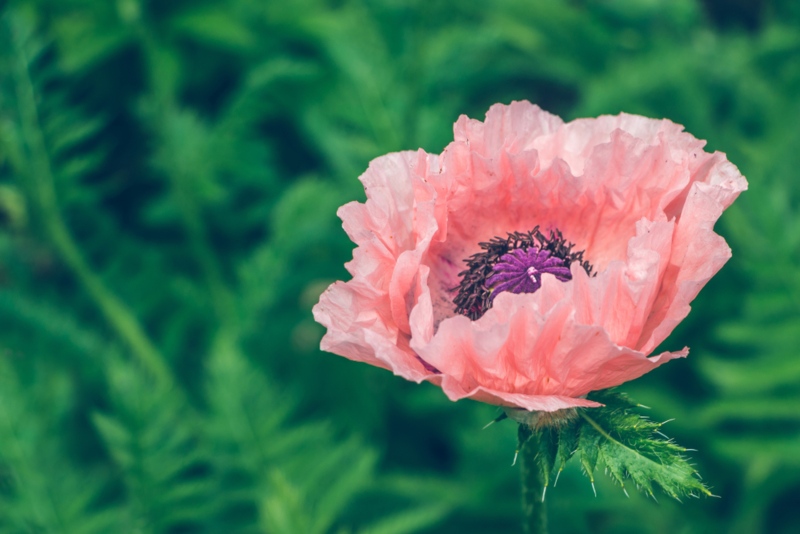
To add color and flair to your perennial bed, add oriental poppies. These papery flowers rise above the foliage on wiry stems in early to mid-summer creating color and movement as they sway in the breeze. Plants can reach heights of 3 feet and produce flowers up to 8 inches in diameter. Plant oriental poppies in fertile, well-drained soil in a location that receives full sun. They are hardy in USDA plant hardiness zones 3 through 7
Coneflowers (Echinacea sp)
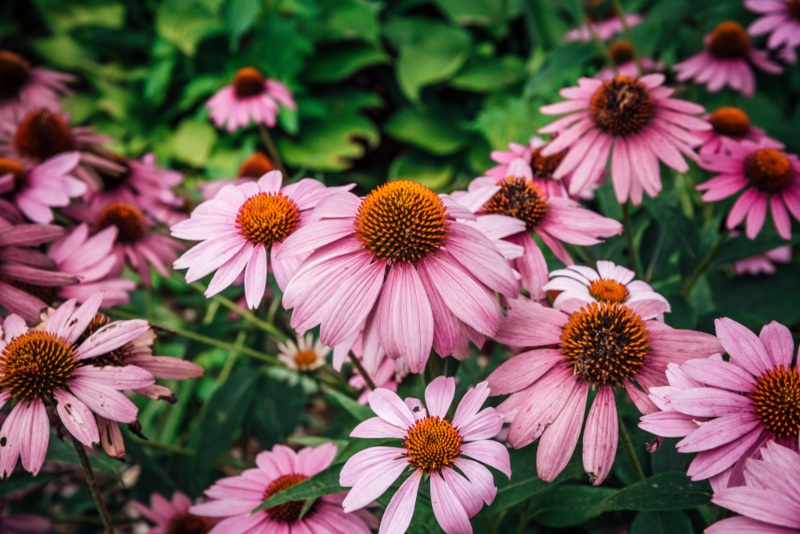
Coneflowers are a popular flower for perennial beds. Their large daisy-like blooms attract both bees and butterflies making them ideal for attracting pollinators to the yard. They are hardy in USDA plant hardiness zones 3 through 9, depending on the cultivar, and prefer full sun. Coneflowers require little care once they are established and are even drought tolerant when they reach maturity. But they benefit from supplemental watering during dry periods. Flower color ranges from pink or purple to deep shades of rose, yellow and white, depending on the cultivar. Coneflowers bloom from mid-summer until well into the fall.
Rudbeckia

There is more to rudbeckia than grandmas old “black-eyed Susans”. These hardy plants are available in a variety of colors that range from bright red petals with chocolate centers to cheery yellow blooms with a delicate green eye. Flowers can be both single and double petaled making rudbeckia a great choice for adding color to the flowerbed. Most grow to heights of 2 to 3 feet with a similar spread. Rudbeckia prefers full sun and average well-drained soil.
Gerbera Daisy (Gerbera jamesonii)
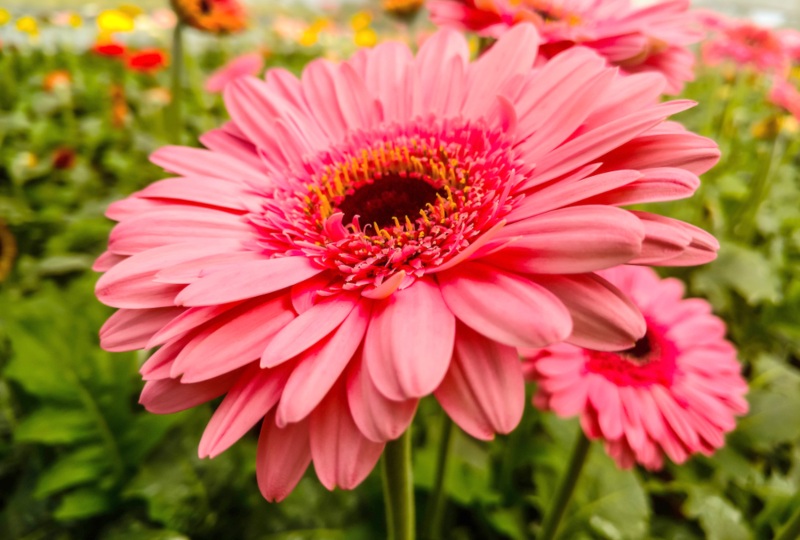
Gerbera daisies are hardy in USDA plant hardiness zones 8 through 10 making them suitable for the warmer regions in Georgia. They Produce big, showy daisies in red, yellow and orange with a distinct yellow disc in the center. Flowers appear on slender stems in mid-summer and continue blooming until fall. Gerbera daisies prefer full sun to part shade in average well-drained soil. They reach heights of 1 to 1 1/2 feet with a spread of about 1 foot.
Shasta Daisy (Leucanthemum x ‘superbum”)
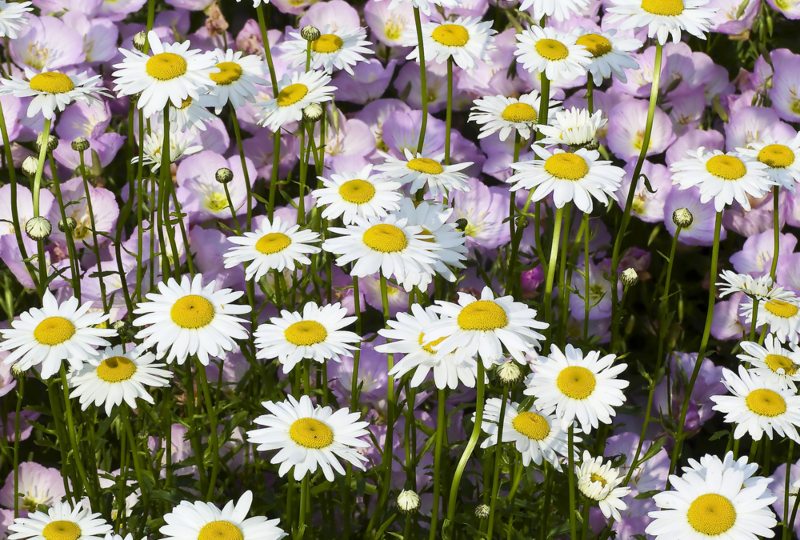
You can’t go wrong with beautiful Shasta daisies. These short-lived perennials will return for several years before dying out. By making new plantings every year or two you can keep the garden alive with these bright white flowers. They resemble the wild Oxeye daisy, but the blooms are larger and brighter. Shasta daisies prefer full sun but will tolerate partial shade. Plant them in humus-rich, well drained soil and keep the soil slightly moist. Shasta daises are hardy in USDA plant hardiness zones 4 through 9.
Always Check Growing Zone
Always check the plant hardiness zone for the perennial you are interested in before purchasing them. While those listed above are suitable for Georgia gardens, the hardiness zone may vary according to the specific cultivar, making some cultivars more suitable than others.





